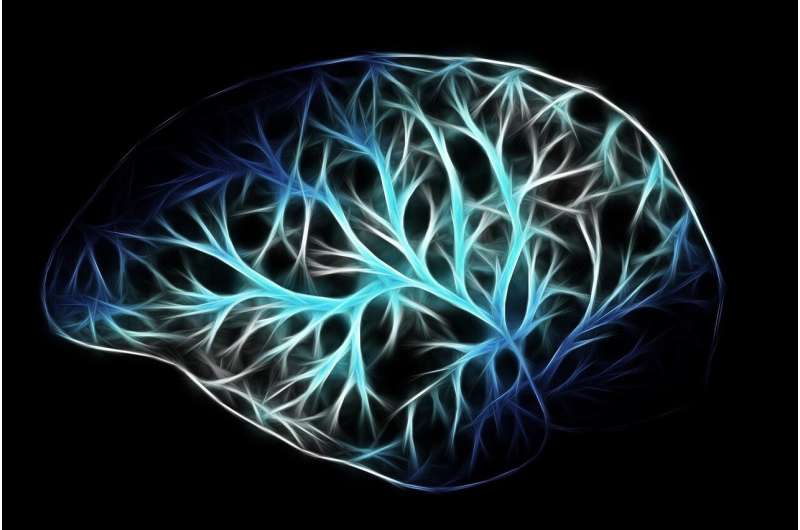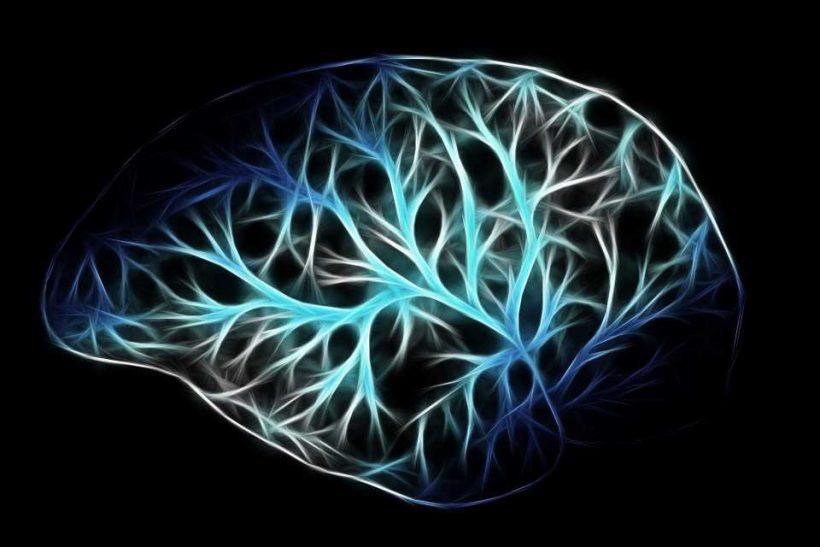
Stanford Medicine researchers have found that a common blood condition associated with several diseases may have a protective effect against Alzheimer’s disease.
In the condition, clonal hematopoiesis of indeterminate potential, or CHIP, certain blood stem cells acquire mutations that strengthen their ability to survive and multiply. As a result, the mutant cells dominate, and just a few cells can give rise to much or even all of the body’s blood and immune cells. In most cases of CHIP, a dominant blood stem cell gives rise to between 4% and 30% of blood and immune cells.
Studies by Stanford Medicine assistant professor of pathology Siddhartha Jaiswal, MD, Ph.D., and others have shown that people with CHIP are at much higher risk of developing various diseases. By analyzing medical databases and stored blood samples, Siddhartha and his colleagues have shown that people with CHIP are about twice as likely to develop coronary heart disease, twice as likely to develop chronic liver disease and 10 times as likely to develop blood cancers such as myeloid leukemias.
Researchers don’t yet fully understand why CHIP is linked to diseases other than blood cancer, though some studies have suggested that CHIP mutations cause increased activation of the immune system.
Jaiswal and his colleagues investigated an association between CHIP and Alzheimer’s disease, expecting to see either no association or a positive association with Alzheimer’s disease.
He and colleagues analyzed a cohort of participants who had been followed over a period of 10 to 15 years, comparing medical records and blood samples. “We were surprised to find that CHIP was actually associated with a substantially lower risk of Alzheimer’s disease,” Jaiswal said. People with CHIP were found to have a 30% to 50% lower risk of developing the neurodegenerative disorder, compared with those who did not have the CHIP mutation, he said.
“The degree of protection from Alzheimer’s dementia seen in CHIP carriers is similar to carrying an APOE ε2 allele,” said Jaiswal, referring to a genetic variant that’s known to decrease the risk of Alzheimer’s.
The team saw the negative association with Alzheimer’s and CHIP even when they accounted for other risk factors. “We thought there might be some kind of survivor bias—that people with CHIP were more likely to die before developing Alzheimer’s disease—but the decrease in risk still held after adjusting for that,” Jaiswal said.
They also analyzed the association in another way, to see if people who had Alzheimer’s disease were less likely to have CHIP. The researchers confirmed that they were. A paper published on June 15 in Nature Medicine detailed the findings.
Digging deeper
Of course, an association doesn’t mean that there is a cause-and-effect relationship. So, Jaiswal and his colleagues conducted different forms of genetic analyses, finding evidence that CHIP could causally inhibit the development of Alzheimer’s.
The connection between CHIP and Alzheimer’s implied a somewhat unexpected link between brain cells and the cells that give rise to blood and the immune system, Jaiswal said.
The brain has its own immune cells, called microglia, and there is some evidence that microglia combat the inflammation and buildup of toxins that are associated with Alzheimer’s disease. But over the last 10 years, scientists have come to believe that all microglia become established in the brain very early in human development, during the embryo stage. Since the blood-brain barrier normally prevents blood cells from crossing into the brain, there has been no known way for blood stem cells to become brain cells like microglia.
Yet, when Jaiswal and his colleagues looked at brain samples of people with CHIP for the CHIP-associated blood cell mutations, they saw them. And these mutations seem to exist in microglia cells. The investigators found that between 30% and 90% of the microglia in brain samples of those with CHIP harbored the CHIP mutations. The proportion of mutant microglia in any individual brain tended to match the proportion of mutant blood cells in the rest of the body.
“This suggests that cells are migrating from the blood into the brain,” said Jaiswal, adding that the finding is in contradiction to the accepted dogma. “It’s a remarkable finding.”
How this affects the development of Alzheimer’s disease is not yet clear, but researchers know that microglia help fight microbial invaders and clean up waste products in the brain. “One hypothesis is that the mutations that promote a growth advantage in blood stem cells also promote microglial expansion and activity, boosting microglia’s ability to fight the conditions that lead to brain disease,” Jaiswal said.
The scientists also saw that, in the brain samples of people with CHIP, levels of neurofibrillary tangles and amyloid plaques, both associated with Alzheimer’s disease and thought to be causative, were lower.
Jaiswal and his colleagues are planning follow-up studies to learn more about how the mutated microglia might be protecting against Alzheimer’s disease. Jaiswal plans to work with professor of pathology Marius Wernig, MD, Ph.D., to transform CHIP blood stem cells into microglia so they can understand how these cells behave differently than normal microglia.
Although there’s much work to be done, the researchers hope that if they are able to understand these mechanisms, it could help guide the development of new therapeutics that could one day protect against Alzheimer’s disease, they said.
More information:
Hind Bouzid et al, Clonal hematopoiesis is associated with protection from Alzheimer’s disease, Nature Medicine (2023). DOI: 10.1038/s41591-023-02397-2
Journal information:
Nature Medicine
Source: Read Full Article
